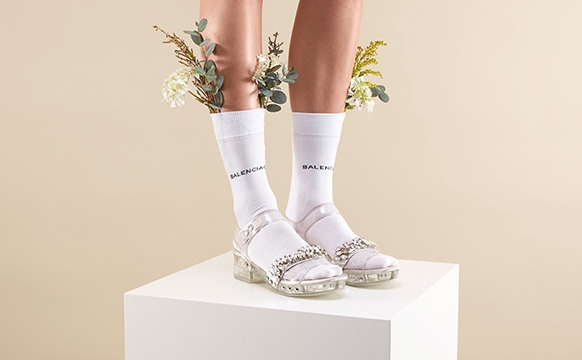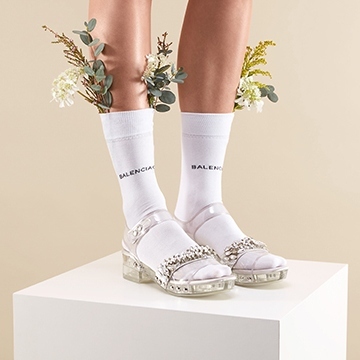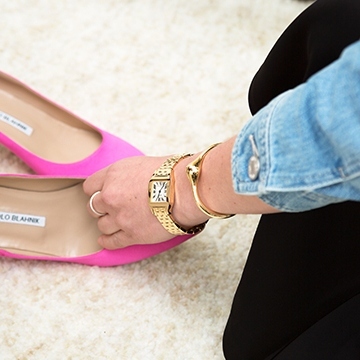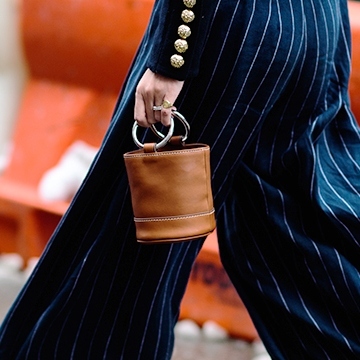4 Easy Ways to Reduce Your Fashion Footprint
Words by Jody Hume |
4.19.18
Change is hard. There’s no getting around it: we’re creatures of habit, lovers of our morning coffee, our everyday rituals. And yet, paradoxically, we also love new — the newest binge-worthy show, the latest food trend, the most recent iteration of the sock boot. We’re constantly on the hunt for something we’ve never seen, tasted or bought before. We are creatures living in constant flux. On second thought, change might not be so hard after all.
As inspiring and creative as the fashion industry is, every day it consumes our resources, pollutes our planet and tampers with our ethical standards at an alarming rate. And while the global scale of fashion can seem daunting, there’s still time to change the way we interact with the clothing we wear and the shoes we can’t help but covet. By starting small, we can start to think big. And with Earth Day right around the corner, we’re here to help you not just become more conscious about your clothes, but to act on it. Read on for four simple ways you can start to reduce your fashion footprint and enact long-lasting, sustainable change.
1. Opt for high-quality pieces over fast fashion alternatives, in the resale and retail markets.
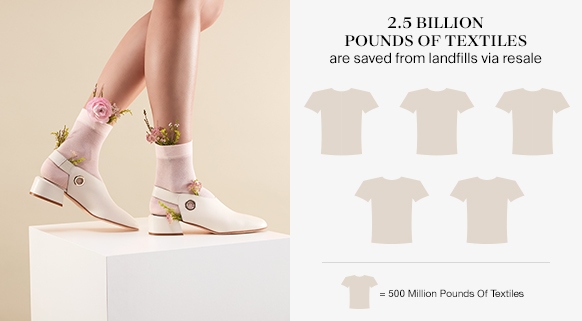
On average, we buy 60% more clothing now than we did in the year 2000, yet we hold onto these garments for half as long. Globally, this equates to a 400% increase in clothing consumption over the last two decades.
For Elizabeth Cline, who penned Overdressed: The Shockingly High Cost of Cheap Fashion, a purchase of seven identical $7 flats at Kmart led her to question her habits, sleuth out the inner workings of the fashion industry and, ultimately, become a conscientious shopper. Though Cline admits in her book that abandoning fast fashion felt “forced” at first, she also notes that the merits of delayed gratification and shopping with sustainability in mind are manifold.
While luxury may literally come at a high price, it doesn’t have to. Commit to buying less, and invest in the craftsmanship and high-quality materials that heritage and luxury brands are valued for. You’ll extend the life of your items, eliminating the need to constantly replace fast fashion pieces. Plus, you’ll have the potential to get return-on-investment if you decide to sell coveted pieces. And when you shop luxury consignment, you go the extra mile by disrupting the cycle of “buy, use, dispose, repeat.” Approximately 2.5 billion pounds of textiles are saved from landfills via resale… If we keep this in mind when tempted by an incredibly low price tag, how much more could we save?
2. Choose sustainable brands that are truly committed to the cause.
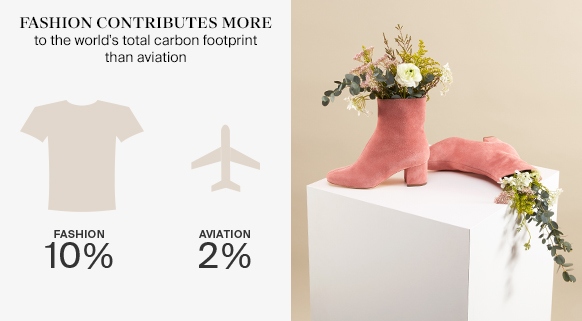
As the documentary The True Cost reveals, the human and environmental cost of fashion is at an all-time high, from needlessly fast-paced production to unfair working conditions. The fashion industry is the second-most pollutive industry in the world, second only to oil, and it still contributes more to the world’s total carbon footprint than air travel, a staggering 10% to the aviation industry’s 2%. Plus, every single stage of the production process creates waste. The takeaway here? Staying informed about the materials and production methods of a brand matters.
Gabriela Hearst, for example, addresses the global fashion crisis by sourcing unused textiles, enlisting multigenerational family-owned businesses to craft her leather goods and eliminating all plastic from her packaging. “When quantity starts to surpass quality, we all lose,” she stated in an interview with The Cut.
Stella McCartney leads the pack with her leather, skin, feather and fur-free ethos, sustainably managed sources and socially responsible production methods. The brand’s supply chain is completely transparent and traceable, toxic chemicals commonly used in most production methods are avoided and garment workers are paid fairly and treated with dignity. In essence, what seems like the bare minimum for a fashion brand in the 21st century.
So how can you make sure you’re shopping ethically minded designers? Spend five minutes Googling the history and ethos of a brand. New blockchain technology will make this pursuit effortless by enabling unalterable documentation of transactions and services rendered, keeping companies accountable and upfront about organic and Fair Trade certifications, and allowing everyone along the supply chain to communicate with the brand.
3. Hold onto those investment pieces & care for them sustainably.
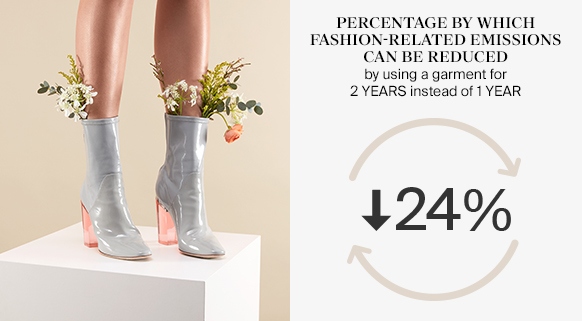
On hectic mornings when you can’t seem to find anything to wear, you might feel inspired to pick up a whole new set of outfits the same day. But this mindset leads to the startling statistic that 40% of the clothes we purchase are infrequently (or never) worn. For Americans in particular, 3.6 billion clothes — 57 items per person! — lie in wait, never to be worn as even more nylon tops, polyester skirts and acrylic sweaters accumulate in our closets and drawers.
In this instance, the phrase “less is more” offers some serious wisdom. If you invest in high-quality pieces and extend their use from one year to two, it can reduce fashion-related emissions over the year by 24% (and provide you with a multitude of opportunities to get creative with styling). Plus, how you care for your garment can ultimately reduce an individual piece’s environmental impact. Enjoy your items for as long as possible with sustainable cleaning methods, and by taking them straight to the experts. (Seeking luxury care and repair services in New York? Our SoHo store’s got you covered.)
4. Consign what you no longer love, and donate the rest.
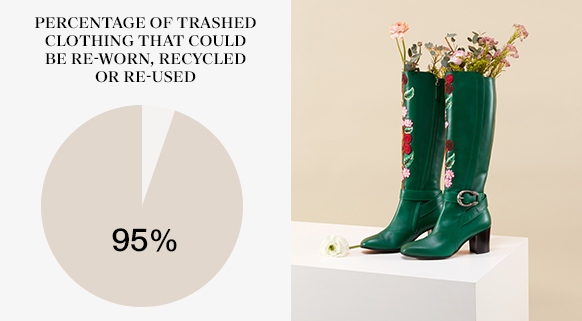
Once you fall out of love with that Hermès handbag you inherited, that chic Céline dress you wore once or those Balenciaga knife boots you splurged on but never found the occasion to wear, it’s time to move on. Give your luxury items a new home by consigning them, and feel good about the fact that one more item has been saved from the landfill.
Is the item in question from a label not on our designer list? Don’t head to the trash can just yet. According to Greenpeace, nearly 95% of the clothes we throw away have the potential to be re-worn, recycled or re-used in some way. Donate pieces that are still wearable, and allow someone else to see the beauty in and take advantage of what you can no longer use.
Embrace the sustainable fashion lifestyle — start consigning and shopping now.
